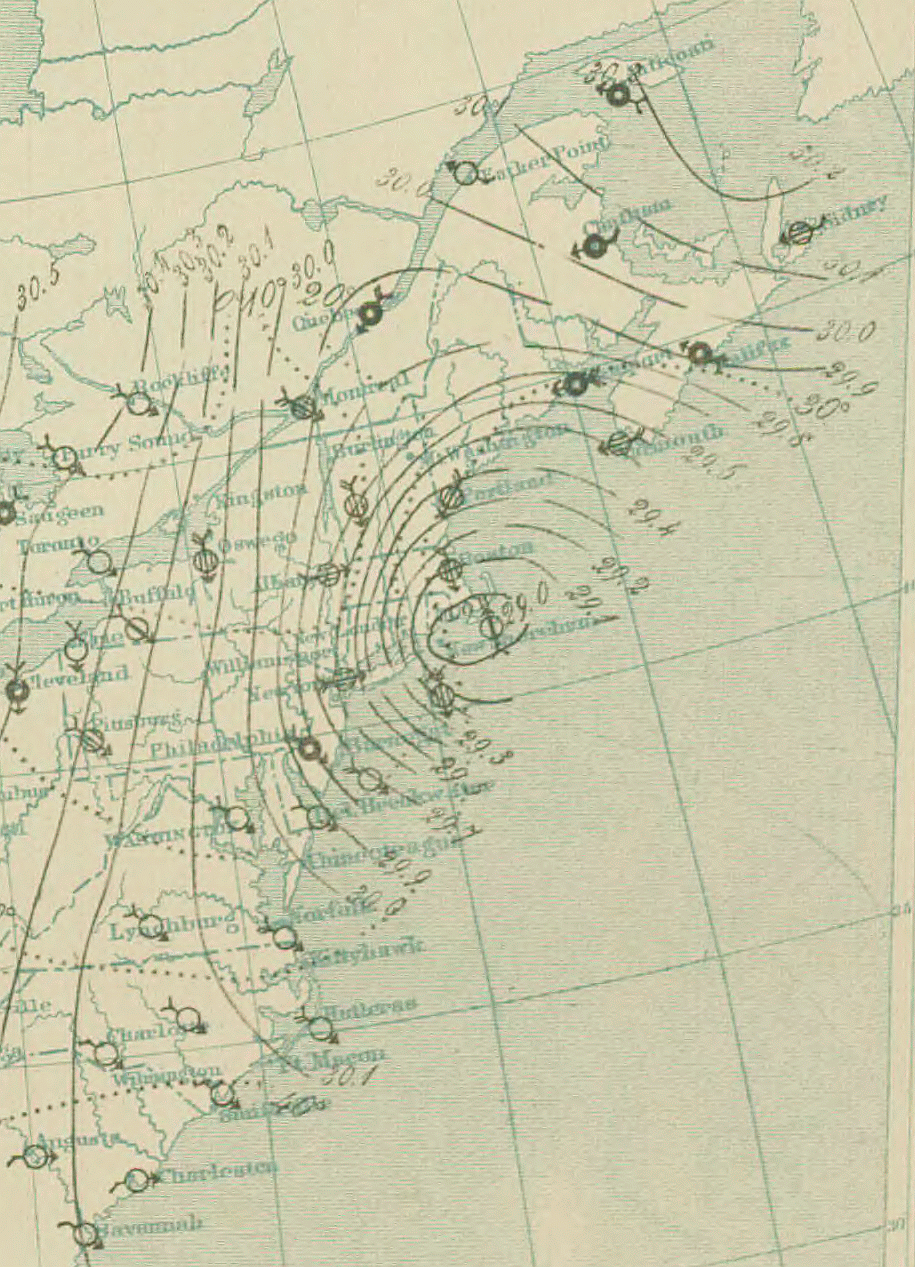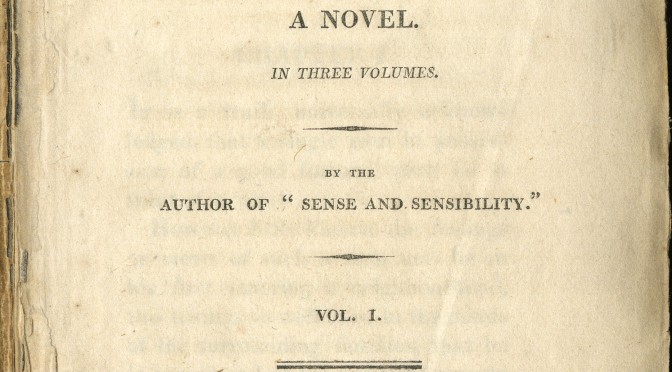The party then gathered round the fire to hear Lady Catherine determine what weather they were to have on the morrow.
It is a truth universally acknowledged, that Jane Austen’s coming-of-age novel Pride and Prejudice is a timeless classic. But though much of her satire remains just as incisive and funny today as when it was written, some of the more subtle aspects of her wit may be lost on modern audiences. In the novel, Lady Catherine de Bourgh is the daughter of a nobleman and, as a result, is of a higher social rank than the rest of the characters. She is characterized as extremely haughty and condescending, offering unsolicited (and frequently uninformed) advice on nearly every topic that she deigns to discuss.
Which brings me to the passage above. This passage is interesting because it’s likely that most modern readers interpret Lady Catherine’s actions in a completely different fashion from readers in Austen’s time. Those of us living in the 21st century might think of talking about the weather as something trivial; a good number of us have access to state-of-the-art weather forecasts at the touch of a smartphone app. But if people nowadays see Lady Catherine’s discussion of the weather forecast as a blustering attempt at small talk, those reading the book upon its debut in 1813 would have seen it as completely absurd. You see, while we in the present day may have gotten used to the idea of forecasting the weather up to 10 days into the future, weather forecasting as a science did not even exist in Austen’s time. Lady Catherine had as much of a chance of correctly predicting the weather as she did of correctly predicting the outcome of a coin flip or a dice roll. To put it in terms that might be somewhat easier for modern readers to relate to, trying to forecast the weather in 1813 was about as likely as trying to forecast the fluctuations of next week’s stock market today. With this new piece of information in mind, the passage at the beginning of this post reads differently. Far from coming across as insufferably boring, Lady Catherine has a sense of self-importance that borders on delusional. She believes–or at the very least, wants her interlocutors to believe–that her noble birth empowers her to do something that was technologically impossible at the time.
Luckily for Lady Catherine, this was a situation which would not prevail for long. I must point out first, though, that people weren’t completely in the dark about weather during this time. They had a knowledge of the seasons, and pieces of weather lore (with varying degrees of accuracy) from sailors and farmers had been handed down through the ages. There were even a few notable scientific breakthroughs. Ben Franklin was one of the first to figure out that hurricanes don’t necessarily move in the direction that their winds are blowing. When he experienced a hurricane in 1743, he noted that the wind blew from the northeast to the southwest, but that he (in Philadelphia) got hit by the storm a few days before his brother (in Boston, to the northeast). In addition, at the turn of the 19th century, three American meteorologists–William Redfield, Elias Loomis, and James Espy–developed the modern theory of how storms are formed. However, there were also a number of misconceptions; it was a widely held belief that the weather was responsible for a number of illnesses and plagues, and it was also believed that the weather was influenced by the motions of the planets and stars.
Another important development came in the form of networks of weather stations, first established throughout Europe during the 17th and 18th centuries and maintained by various universities. In 1814, the U.S. Army also began requiring its hospital administrators and surgeons across the nation to keep “weather diaries” documenting temperature, pressure, wind conditions, and other variables. This practice continued right up until the Civil War. But it wasn’t until the invention and spread of the telegraph in the mid- to late-1830s that large-area weather maps could be constructed and analyzed. The telegraph allowed researchers around the world to immediately communicate such basic information as wind speed and direction, temperature, cloud cover, and precipitation at their specific locations and at set intervals. Scientists could finally get a big-picture look at what the weather was doing and how it was evolving at any given time.

Two early groups embraced the use of telegraphs in observing the weather. The first group was centered at the Smithsonian Institution in the US, where then-director Joseph Henry initiated a program for “…solving the problem of American storms.” By the mid-1850’s, weather maps like the one seen above were being constructed from reports coming in throughout the US via telegraph each day at 10 a.m. sharp. The map itself was displayed prominently at the Smithsonian Institution, and the reports of the current weather were communicated with local newspapers. After a few years of observation, it was abundantly clear that storm systems travel across the continent from west to east, and that some degree of predicting the future weather was possible.
The second group was led most prominently by Robert FitzRoy of the British Royal Navy (most famous for being the captain of the HMS Beagle on Charles Darwin’s journey to the Galapagos Islands). In 1854, FitzRoy was appointed Chief of the brand new Meteorological Office, and he slowly began to modernize meteorological record keeping across Britain as well as at sea. If this were the whole story, it might very well have been several more decades before anyone seriously tried to forecast the weather. However, on the night of October 25, 1859, the coast of Wales was struck by the most violent storm in a century, in which the HMS Royal Charter–one of the most technologically advanced ships in the fleet–was wrecked, drowning nearly all of its 500 passengers. FitzRoy took a bold step by proclaiming that the disaster could easily have been averted had a more complete system of weather measurement been in place. He lobbied for the creation of storm warnings, the first of which was issued on February 6, 1861. These warnings were displayed prominently along the coast using a series of symbols, and they were also delivered to local newspapers, along with a two-day forecast.
The rest of FitzRoy’s story is unhappy. As a devout Christian and Biblical literalist, he was deeply troubled by the 1859 publication of his companion Darwin’s work On the Origin of Species. Further, his weather forecasting abilities were sharply criticized by the public and established scientists alike. He fell into despondency and eventually took his own life in 1865. The forecasts issued by the Meteorological Office fell into further disrepute and were eventually discontinued in 1866. The storm warnings were briefly discontinued as well; however, they proved to have much greater utility and were reinstated less than two years later, having already been adopted by much of mainland Europe. The weather forecasts, on the other hand, would not be reinstated until 1879. Meanwhile, the US, still in recovery from the Civil War, had taken the lead under President Ulysses Grant by establishing the Weather Bureau (now the National Weather Service) in 1870 “…for giving notice on the Northern Lakes and the seacoast of the United States by magnetic telegraph and marine signals of the approach and force of storms.”
And that’s how weather forecasting was born. There’s much more to the story; namely the entire 20th century. I’ll talk about those developments next time.
References
- The Ben Franklin anecdote can be found in Patrick J. Fitzpatrick’s book, Hurricanes: A Reference Handbook.
- The early history of weather reporting in Europe is described in Climate Since AD 1500 by Bradley and Jones.
- A lot of info about the Smithsonian Institution’s contribution to US weather forecasting can be found on NOAA’s “History” page.
- Robert FitzRoy’s story is mainly taken from Gribbin and Gribbin’s biography FitzRoy, as well as an essay by Malcolm Walker found here.

2 replies on “How do we know what tomorrow’s weather will be?”
it doesnt even say the answer
Hi Nina, thanks for your post, and welcome! I guess if I had to boil it down to a one-sentence answer, it would be: We know what tomorrow’s weather will be because we know what today’s weather was to the west of us.
The invention of the telegraph and the keeping of weather diaries to make accurate maps made it clear that you could at least somewhat accurately predict the weather by simply knowing which way the wind was blowing and what was coming from that direction. You can’t really do that unless you have a lot of people communicating about weather over large distances.
Hope this gets a little closer to a pithy answer. Feel free to let me know if you have any other questions. Thanks!